A phonological description of beatbox noises
Your guide to impressing (and alarming) your beatbox-admiring friends

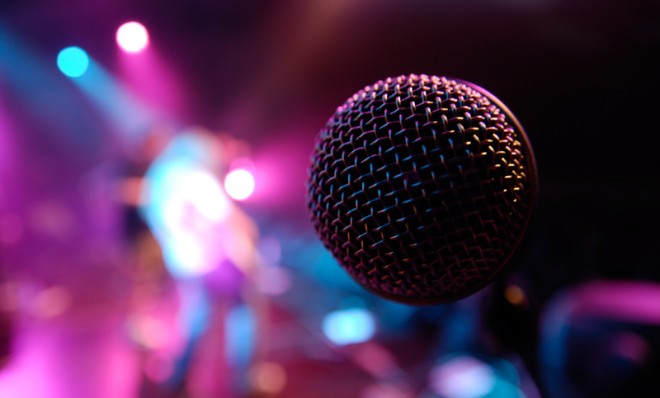
Whenever people listen to a beatboxing expert, there are two big questions that come up: What are those noises? And how are they being made?
Linguistics to the rescue! Even if you still can't reproduce the sounds, you will soon be able to talk about them in terms nearly as startling as the sounds themselves.
The truth about beatbox sounds is that most of them are just tweaked-up or combined sounds of the kind we use in speech, and nearly all the rest are sounds we could use in speech but usually don't. There are quite a few different kinds of beatboxing, and performers are very inventive, so you'll never get a complete listing of all the sounds. But there are three key features that stand out in beatbox noises. Once you have the hang of these, you're well on your way to alarming your friends and making money on street corners.
The Week
Escape your echo chamber. Get the facts behind the news, plus analysis from multiple perspectives.

Sign up for The Week's Free Newsletters
From our morning news briefing to a weekly Good News Newsletter, get the best of The Week delivered directly to your inbox.
From our morning news briefing to a weekly Good News Newsletter, get the best of The Week delivered directly to your inbox.
(And watch a demonstration of these sounds in the video below.)
1. Boring speech noise: Stop. Crazy beatbox noise: Ejective stop.
Anyone can imitate a drum by making "tikatikatikatika poom poom poom" sounds. But when beatboxers do it, it actually sounds worth listening to. Why? Ejectives.
What gives the percussive sounds of beatbox so much punch is a strong extra puff of air that gets its juice from using your voicebox as a piston. This is harder to describe than it is to do. Hold your breath, make as strong a "k" sound as you can while still holding your breath, and immediately release your breath. What you have just done is closed your glottis, pushed it up to increase the pressure, released the pressure, and then opened the glottis and released the air in the lungs. Which is to say, you have made an ejective voiceless velar stop. It's a sound you will have heard the Na'vi characters make in their language in the movie Avatar, and you may (just maybe) have heard it in some African or Caucasian languages.
A free daily email with the biggest news stories of the day – and the best features from TheWeek.com
You can make ejective "t," "p," and "k" sounds, plus "d," "b," and "g" sounds, and you can also make ejective affricates — like "ch" and "j." Usually people think of an ejective as a very emphatic version of the sound, and that's probably the best way to get the hang of it. You can also do an unreleased ejective, which means you don't unstop your airway. Once you have the ejectives, you have the basic percussion sounds.
A variant is to use an implosive — the sound gets its force by the "piston" pulling down and sucking air in. See "8 bizarre sounds you've probably made without knowing it."
2. Boring speech sound: Fricative. Crazy beatbox sound: Nonstandard fricative.
Things like snare drums and cymbals as well as buzzing noises and many other mechanical sounds add the next layer to beatboxing, and these are made with fricatives. What's a fricative? A hissy or buzzy sound like "s" or "f" or "v" or "z." If you imitate someone playing a high-hat cymbal, you'll naturally go "tsss t-t-tsss" and so on. If you're imitating a hydraulic motor, you might make a "bvvvvvt" noise. Generally in beatbox you'll have a stop (p, t, k, b, d, g) at one or both ends of the fricative to sharpen it up.
But just saying "bzzzt" and "dvvvt" is a little lame. There are two things you can do. First, tighten up the articulation — instead of simply saying "vvvv," bring your lips much closer together to add them to the buzz, for instance. Force it and you have a fortis labiodental fricative.
Second, make fricatives you wouldn't use in normal language. Anywhere and any way you can make a buzz or a hiss is fair game. Try this one: Put your tongue as if you're going to say "g," but widen your mouth and let some air through at the sides. Congratulations: You're making a velar lateral fricative, which doesn't have a symbol in the International Phonetic Alphabet (IPA). And if you do it while singing a note, it can sound pretty trippy.
But wait, there's more: Put your lips together and then open just the sides of them a little to let air out, so it's buzzing on either side. That's what you could call a bilabial lateral fricative; replace your lower lip with your tongue and call it a linguolabial lateral fricative. Both of these sounds are "judged impossible" as far as the makers of the IPA are concerned, but nuts to them: If you hold a falsetto note while making them, you're doing a pretty good robot-style noise.
3. Boring speech sound: One thing at a time. Crazy beatbox sound: Coarticulation.
Where you really get down to business in beatbox is coarticulation. This means controlling the sound in two places at the same time. You've probably done this without thinking about it: puff air out between your teeth and at the same time make "chukka chukka" noises to imitate a train, for instance. That's labiodental coarticulation.
If you round your lips while making an ejective stop or a fricative, that's also coarticulation. The sounds are called labialized. Do a "d" while making a throat-clearing sound and it's a pharyngealized voiced alveolar stop.
But why stop there? Roll an r while saying a v: voiced alveolar trill with labiodental coarticulation. Sounds like an old car. Now do that without voice and it sounds like a drum roll, but is in fact a voiceless alveolar trill with labiodental coarticulation.
Make a gargling sound: a uvular trill. With a little practice you will find you can speak while doing that — and sound like you're under water. If you simply sing "wowwowwoww" to a movie music soundtrack, it sounds like a broken old school film projector.
Now make a lawnmower sound by blowing a raspberry with your lips — a bilabial trill. You will find you can do quite a lot with your tongue while doing this, even say whole words — which will sound like you're trapped in an alternate cybernetic dimension. If you do it right, you can even sound like you're dropping the bass in dubstep. Especially if you do uvular and bilabial trills at the same time. This is more than just cheap trills.
Bonus: Epenthesis.
You've probably heard beatbox performers sing and do percussion at the same time. You may wonder how it's possible to have your tongue in two places at once — it sounds like they're using two mouths. They're not, of course. The trick is that they're sticking the extra sounds right in the middle of the words — what linguists call epenthesis — but because you're used to hearing the words as language, your mind processes them on one track and the beatbox sounds on another track. It works best if the beatbox sounds don't force the tongue and lips to make a big detour from the word.
But make no mistake: It takes a lot of practice!
Watch a video demonstrating these sounds:
James Harbeck is a professional word taster and sentence sommelier (an editor trained in linguistics). He is the author of the blog Sesquiotica and the book Songs of Love and Grammar.
-
 In the future, will the English language be full of accented characters?
In the future, will the English language be full of accented characters?The Explainer They may look funny, but they're probably here to stay
-
 10 signature foods with borrowed names
10 signature foods with borrowed namesThe Explainer Tempura, tajine, tzatziki, and other dishes whose names aren't from the cultures that made them famous
-
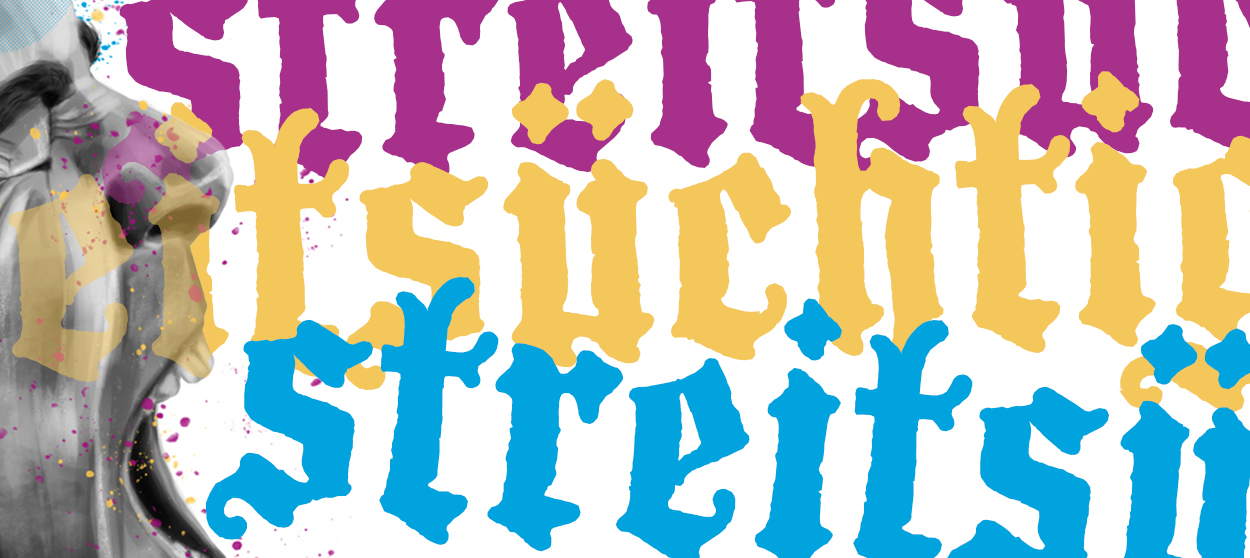 There's a perfect German word for America's perpetually enraged culture
There's a perfect German word for America's perpetually enraged cultureThe Explainer We've become addicted to conflict, and it's only getting worse
-
 The death of sacred speech
The death of sacred speechThe Explainer Sacred words and moral terms are vanishing in the English-speaking world. Here’s why it matters.
-
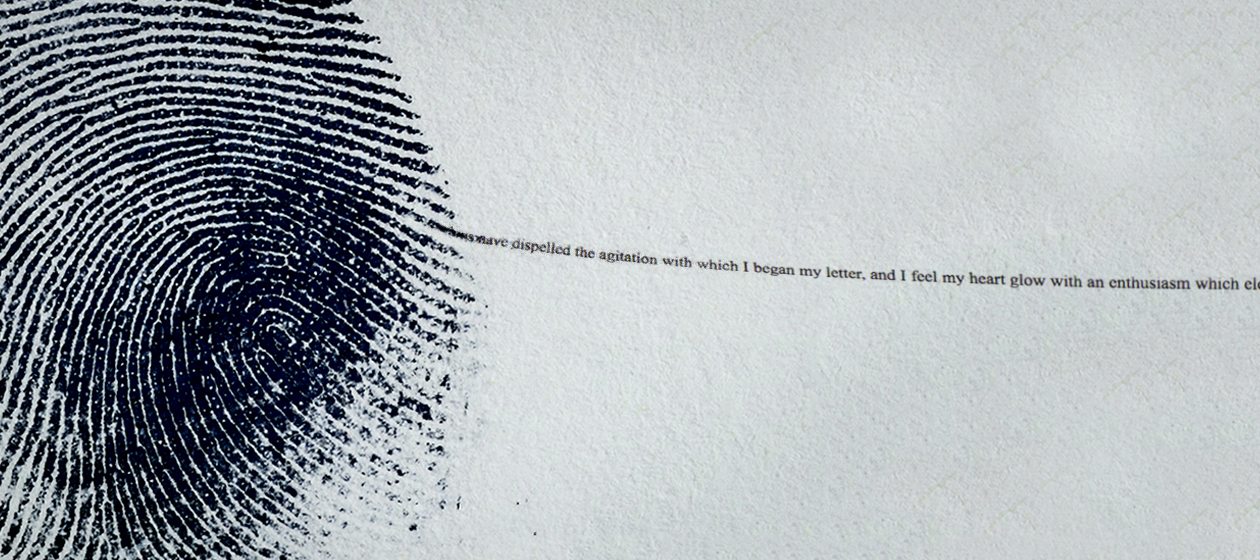 The delicate art of using linguistics to identify an anonymous author
The delicate art of using linguistics to identify an anonymous authorThe Explainer The words we choose — and how we use them — can be powerful clues
-
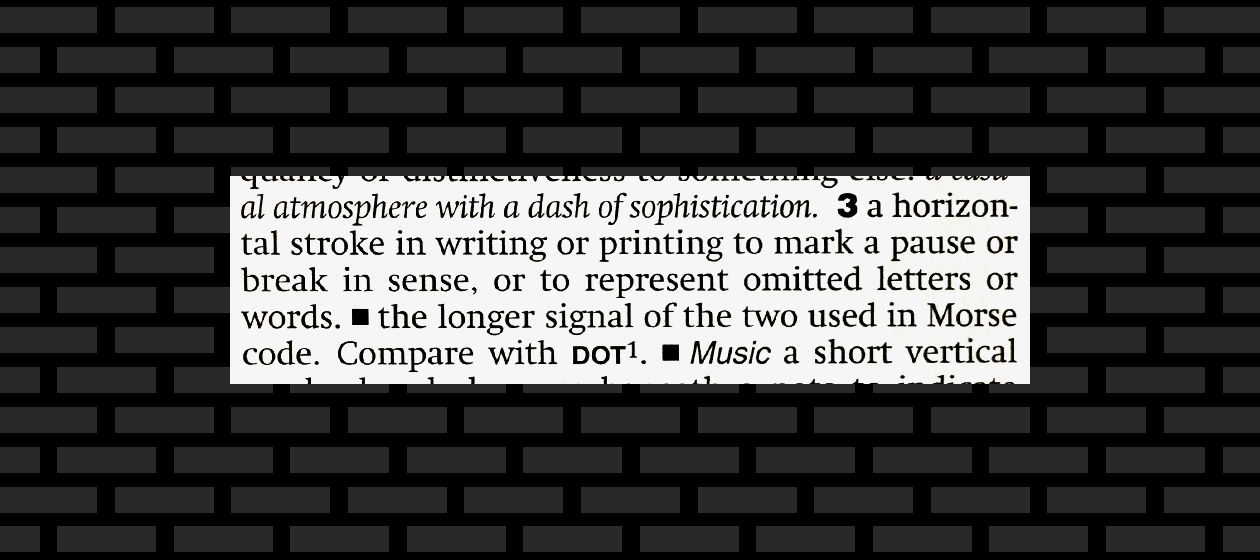 Dashes and hyphens: A comprehensive guide
Dashes and hyphens: A comprehensive guideThe Explainer Everything you wanted to know about dashes but were afraid to ask
-
 A brief history of Canadian-American relations
A brief history of Canadian-American relationsThe Explainer President Trump has opened a rift with one of America's closest allies. But things have been worse.
-
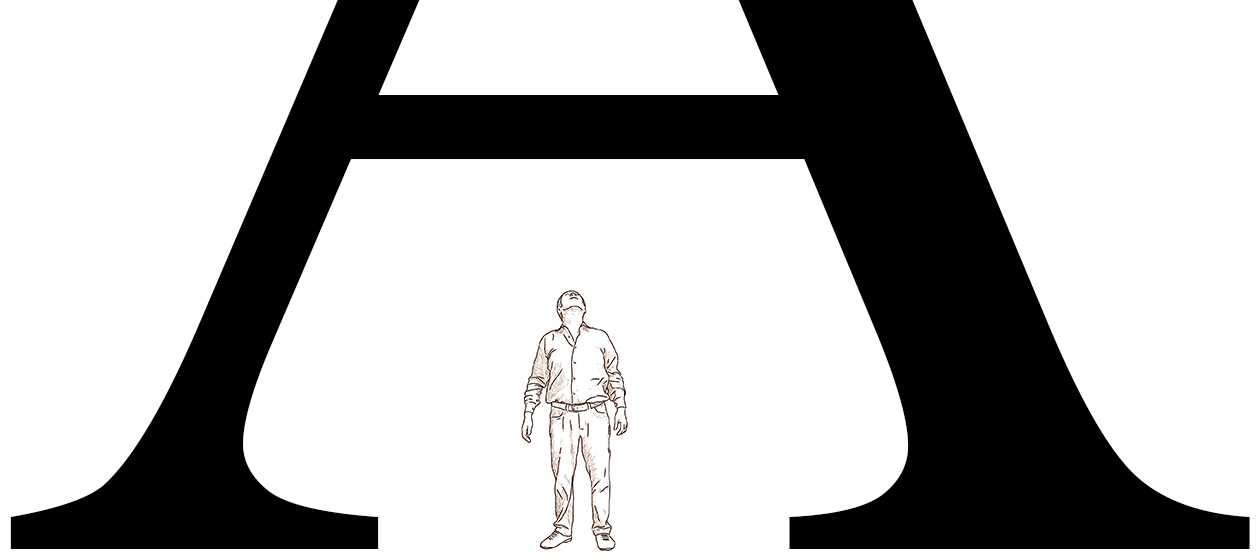 The new rules of CaPiTaLiZaTiOn
The new rules of CaPiTaLiZaTiOnThe Explainer The rules for capitalizing letters are totally arbitrary. So I wrote new rules.


